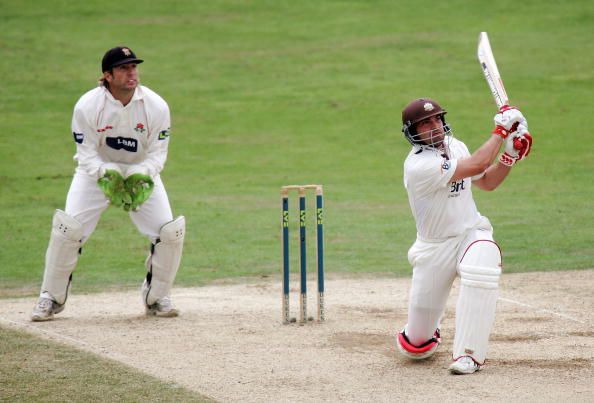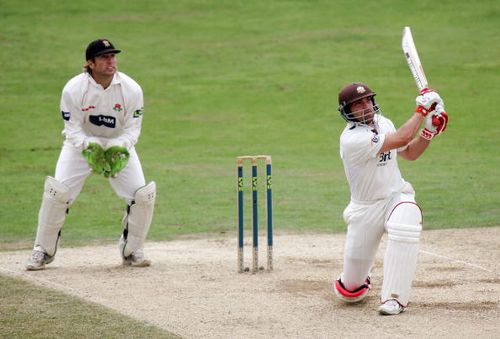
Highest and Lowest Scores in the Cricket Universe
Sri Lanka’s recent mauling of Australia at the Gabba was a humiliating event in Australian cricket history. Australia had been bundled up for under 100 runs only once since 1987 before their 74-run effort. Though the last wicket pair took Australia past their lowest ever total of 70, it was the only the sixth instance that Australia had been bowled out before reaching the three-figure mark in One Day Internationals. Stats came up showing Zimbabwe as the fore-runner of the lowest ever team total followed by Canada and Zimbabwe again. However, these are not the lowest ever team totals in the world of cricket. If we take domestic cricket into consideration, the last decade has seen batting collapses beyond imagination. I will share with you six instances – one of them is the highest score in List A games, which incidentally is the only total above Sri Lanka’s 443. The other five are the lowest ever team totals in List A games (excluding international cricket).
I start with the highest score ever recorded in List A matches.
On April 29th, 2007, in a match between Surrey and Gloucestershire, Surrey scored 496/4 in their allotted 50 overs. The chief wreckers were James Benning (152 off 134), Ali Brown (172 off 97) and Rikki Clarke (82 off 28). They took the match beyond the reach of their opponents and won the match by 257 runs. Surprisingly, none of the batsmen made it big in international cricket. It seems like a world-breaking performance in domestic cricket is a curse.

James Benning of Surrey in action
Now, let us see the lowest score ever recorded in List A games in the cricket universe.
On October 17th, 2007, Pedro Collins, playing for Barbados, picked up figures of 7 for 11 as Barbados skittled West Indies U-19 for a world record total of 18. The U-19s were 5 wickets down for 2 runs before they ended up on 18. As many as seven batsmen failed to score runs in the game. Barbados won the game by 8 wickets. Surprisingly, they had 10 extras in the paltry chase and yet they took almost 6 overs to finish the chase.
As recently as on December 13th, 2012, in a match played at Colts Cricket Club Ground, Colombo, Colts Cricket Club had the pleasure of bowling out Saracens Sports Club for a meager total of 19. SSC collapsed from 13-0 to 19 all out. CCC used only two bowlers in the game, who are yet to make their debut for Sri Lanka.
Now, we move to another part of the Indian sub-continent. On December 27th, 2002, Chittagong Division was bowled out for 30 against Sylhet Division at the Bangabandhu National Stadium, Dhaka. The only notable batsman in Chittagong’s line up was Akram Khan who played a few matches for Bangladesh. Out of Sylhet’s bowling line up, the two bowlers who shared 9 wickets between themselves never debuted for Bangladesh. Enamul Haque Jr. is the lone survivor of that match in international cricket today.
In a match between Border and South Western Districts played on October 28th, 2007, Border was bundled up for 31. Nathan Murray picked up 7 wickets for 16 runs. And as destiny holds true, Murray never made his debut for England as this match was the only highlight of his career. South Western districts won the match by ten wickets.
Last but not least, we have an incident that happened in India too. Ironically, Saurashtra, who made it to the Ranji Trophy finals today, were at the receiving end in the month of January 13 years ago. Mumbai bowled out Saurashtra for a paltry 34 in 21.1 overs. Mumbai’s line-up consisted of Wasim Jaffer, Sairaj Bahutule, Vinod Kambli, Paras Mhambrey and Nilesh Kulkarni, who all were fortunate enough to represent the country at some point of time. Only Jaffer lasted a significant period in Test matches while Kambli was a regular feature of the Indian ODI line-up during the 1990′s.
Looking at these scores, I am sure Australia would be delighted that their score is a surely a few multiples of the scores mentioned above. It is time for Australia to draw some inspiration from Surrey and try to be the first team to breach the 500 mark in ODIs.